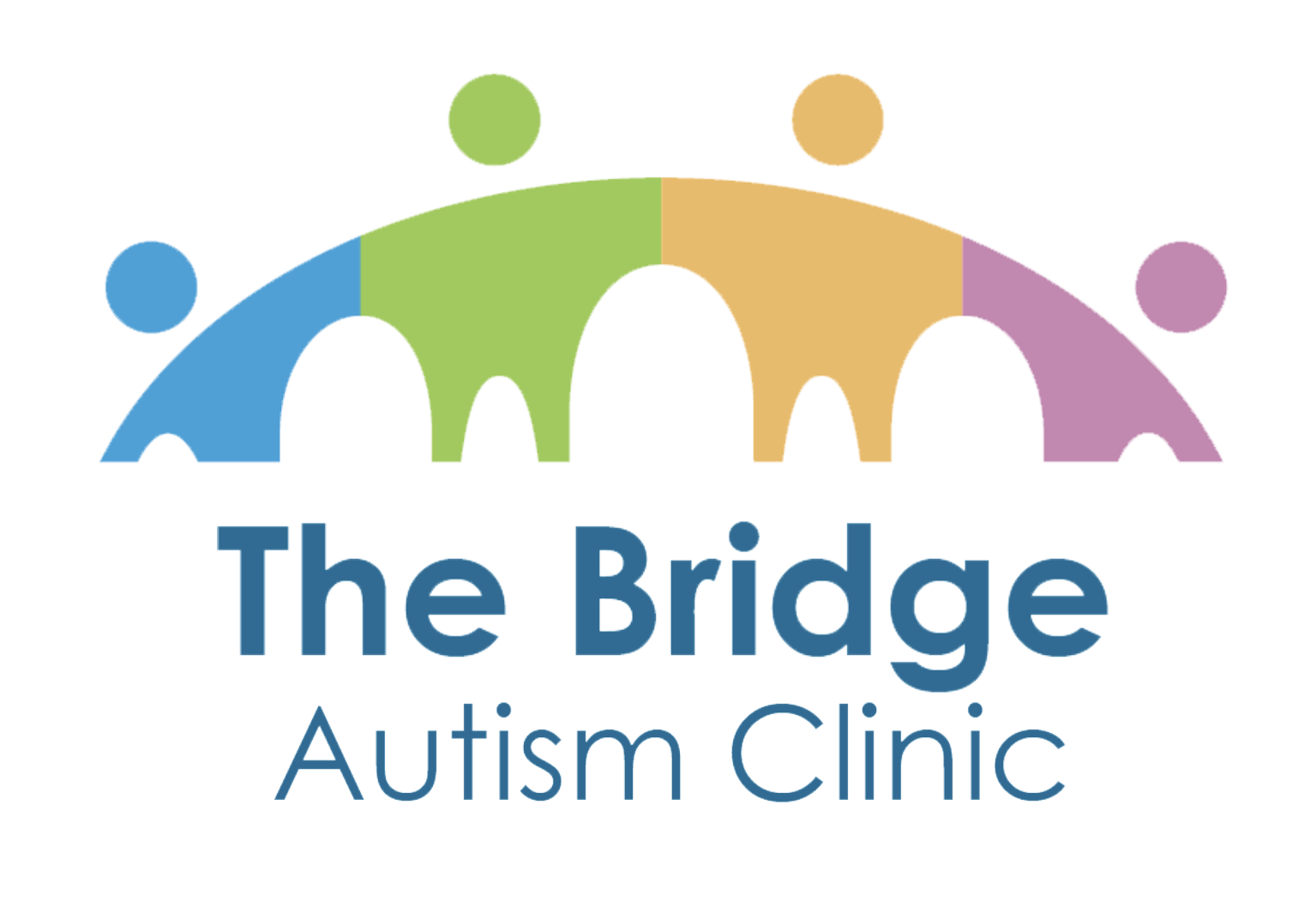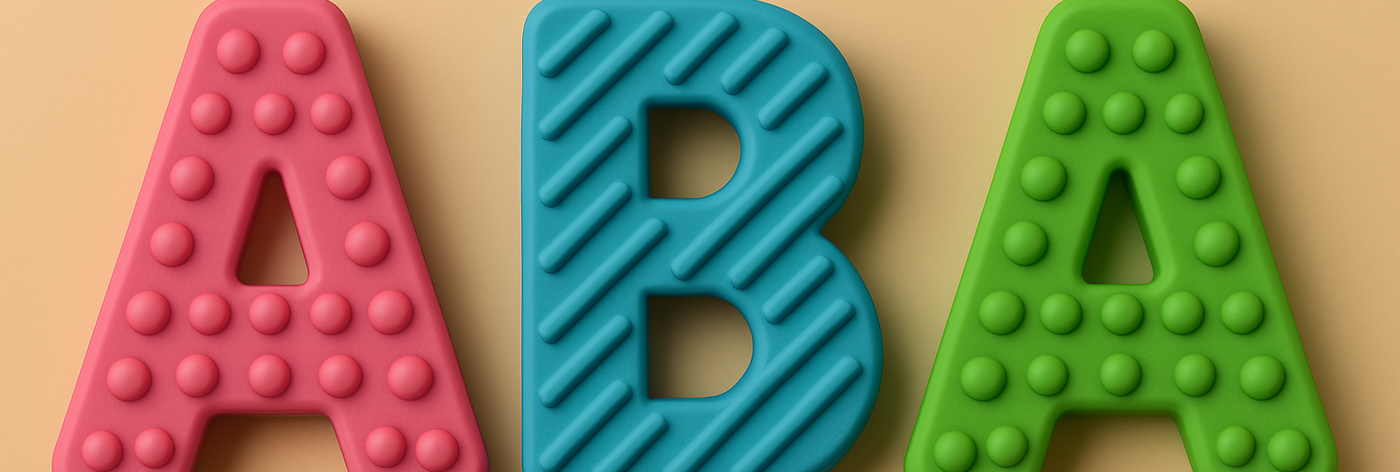

Applied Behavior Analysis (ABA ) Therapy
What is ABA?
Applied Behavior Analysis (ABA) is a science-based approach that helps children with autism and other developmental conditions learn new skills and improve behaviors.

The Bridge Autism Clinic offers Early Intensive Developmental and Behavioral Intervention(EIDBI) services. With our positive reinforcement approach, we provide individualized treatment plans that focus on improving specific behaviors and learning processes. These interventions can be instrumental in helping children develop essential skills.
What is ABA not??
- ABA is NOT a cure for autism!
- ABA is NOT a one-size-fits-all approach that has the same effects or results for every child. Each child's developmental journeys are all different and require commitment by both therapist and caregiver.
- ABA is NOT discipline or punishment. ABA is often misunderstood as being about controlling behavior through punishment. In fact, well-practiced ABA focuses on positive reinforcement to encourage desired behaviors.
- ABA is NOT like your everyday in-school setting or environment. Most sessions will be one-to-one intensive therapy sessions to provide a controlled and comfortable learning environment.
.png)
We work closely with individuals and their families to reinforce desirable behaviors using positive reinforcement techniques.
This involves identifying triggers for challenging behaviors and developing proactive strategies and approaches to redirect those behaviors and introducing new skills for communicating a need.
The Benefits of ABA
The benefits of ABA are simple!
Improves communication skills
ABA can help individuals develop both verbal and non-verbal communication. This includes:
- Requesting needs and wants
- Understanding and using language to communicate their needs
- Improving social interaction
Teaches More Independence to Gain Daily Living Skills
ABA targets practical, everyday activities such as:
- Toileting
- Dressing
- Brushing teeth
- Feeding oneself
Reduces or Eliminates some of those Challenging Behaviors
ABA identifies the function of barrier behaviors (e.g., tantrums, aggression) and uses positive reinforcement and other strategies to:
- Reduce these behaviors
- Redirect them with more appropriate alternatives
Enhances Social Skills
Social deficits are common in autism. ABA helps teach:
- Turn-taking-(a structure in which one person is talking while the other person listens)
- Eye contact & direct engagement
- Sharing/ playing alongside another individual
- Understanding social cues
Supports School Readiness
ABA can help prepare children for success in educational settings by introducing:
- Classroom routines/ encourage classroom-like environments
- Attention skills
- Academic readiness (e.g., colors, numbers, shapes, names, etc.)
- Exposes to being around peers during classroom engagement periods
Family Involvement and Training
Parents and caregivers are often encouraged to:
- Continuing therapy strategies at home
- Improve consistency & persistence to truly see results
- Better understand their child’s behaviors and how to positively reinforce them
- Grow to bond deeper and better learn how to communicate with one another